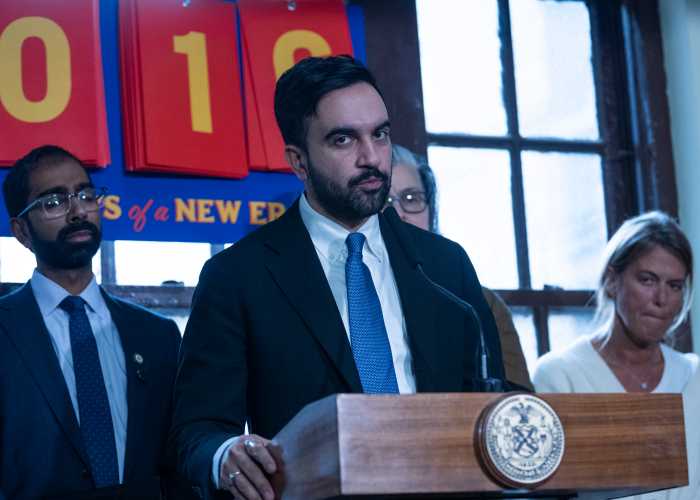The Court of Appeals has ordered the state legislature to provide each New York City student with a "sound, basic education" through a more equitable allocation of educational funding.
The ruling is expected to add more than $1.2 billion to the citys fund-starved educational budget. Over 270,000 students in Queens overcrowded schools, will be affected by this ruling.
The ruling gives Governor George Pataki and state legislators a July 30, 2004 deadline to meet the Courts mandate to make the state educational fiscal formula more fair to the city students. Steps have also been taken to determine whether the programs funded by the budget increase are educationally sound. For example, will a portion of these funds be used to re-hire any of the 3,600 classroom assistants or school aides?
Hailing this decision, Mayor Michael Bloomberg declared, "It is every childs right under the State Constitution to receive an education. And I am especially pleased that the Court ruled that an education means a meaningful high school education, not an eighth grade education."
However, State Senator Toby Ann Stavisky, ranking minority member of the Senates Education Committee, said that pending legislation to meet the court decision will not just be about funding parity. It will also involve, she said, the development of adequate educational resources (seats, licensed teachers, books, etc.), as well as a system of educational accountability.
Writing for the Court, Chief Judge Judith Kaye said, "Tens of thousands of students are placed in overcrowded classrooms, taught by unqualified teachers and provided with inadequate facilities and equipment. The number of children in these straits is large enough to represent a systemic failure."
Judge Kayes brief set aside the prior decision that stated that children only needed between an eighth and ninth grade education to receive the basic education requirements mandated by the State Constitution. The overturned decision stated that New York State is only required to "provide a minimally adequate educational opportunity," and not "some higher, largely unspecified level of education."
The decision has already shaken up local civic groups. Marilyn Bitterman, district manager of Community Board 7, has already alerted her education chairperson to offer assistance to the boards school district to help gain additional seating, staff and resources. Last year, at this time, Queens high schools were operating at 122% capacity.
Launched in 1993 by the Campaign For Fiscal Equity (CFFE), the law suit has already impacted local students:
New York City has 37.3% of the states students, but gets only 36.9% of the funding an annual loss of $1.5 billion.
Nearly one-third of city teachers have failed the basic certification test at least one time.
Queens 270,000 students are hit the hardest because they have the lowest seat-to-pupil ratio in the city108 students for every 100 seats.
The decision also requires a broad and specific shopping list of items that have to be bought and constructed for a sound education: smaller class sizes, more schools, more qualified teachers, libraries, text books, and science labs.
This analysis is also being studied by the CFFE in order to establish a fiscal guideline for next years budget. Regardless of the funding that the state legislature will have to provide, this decision will inevitably cost taxpayers additional tax dollars.
































